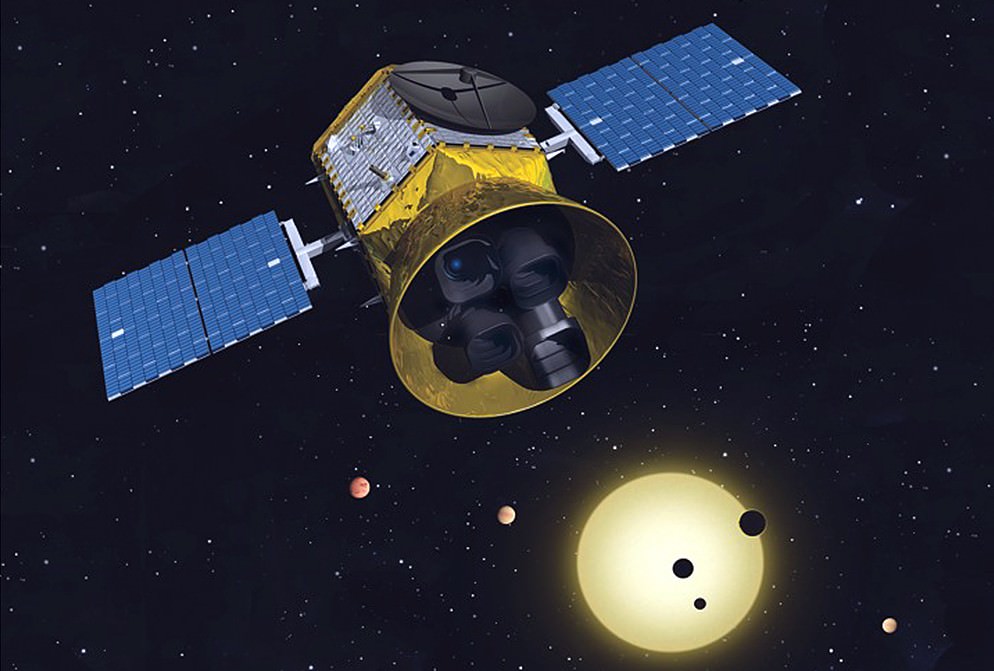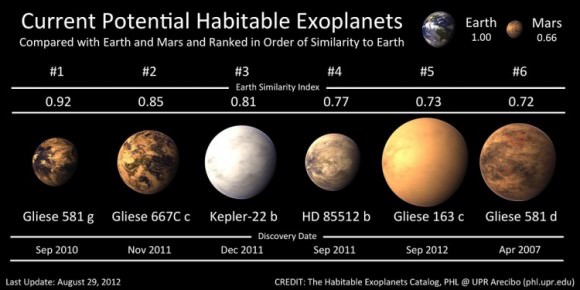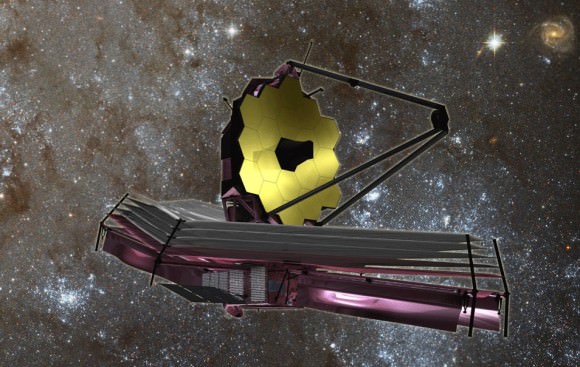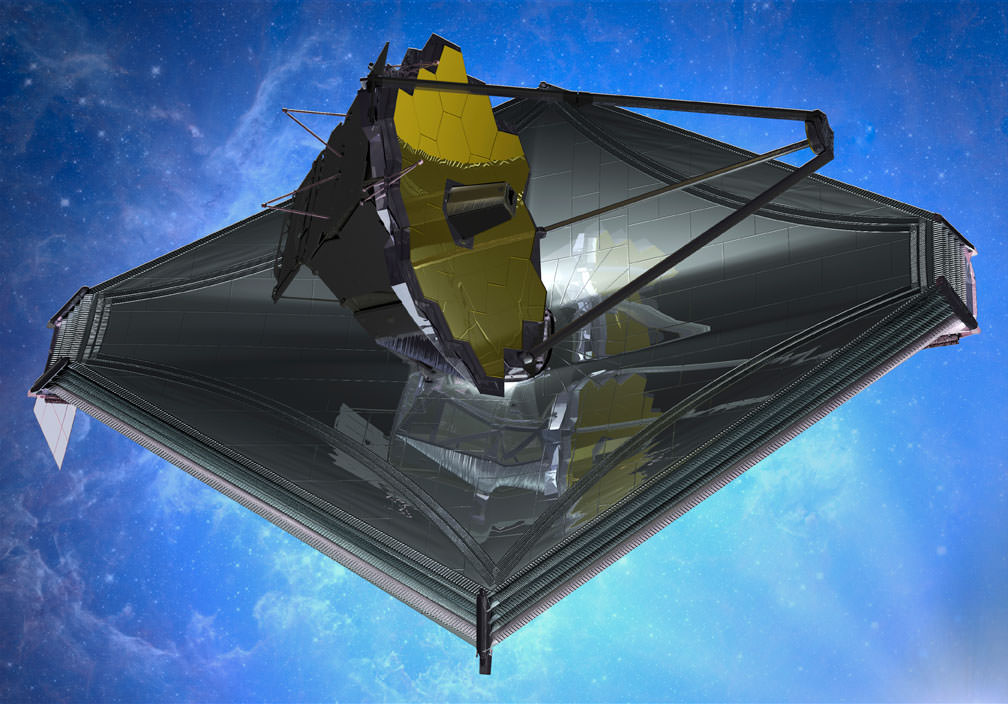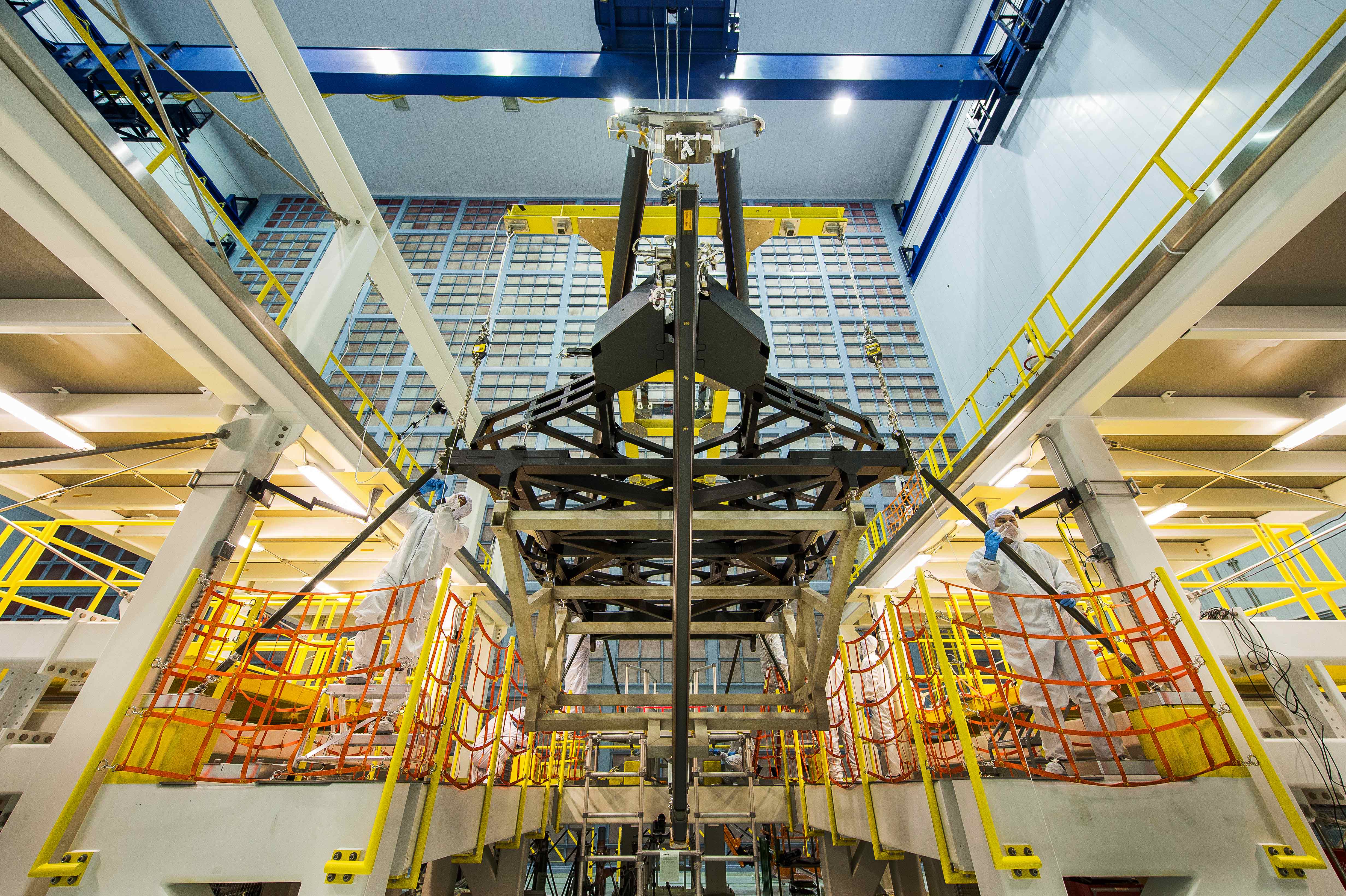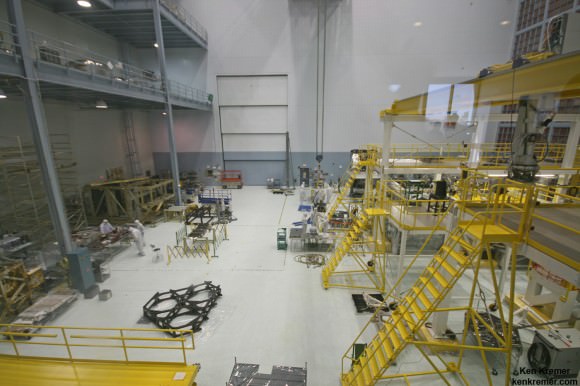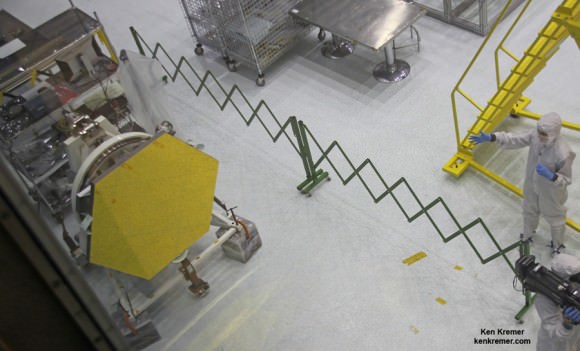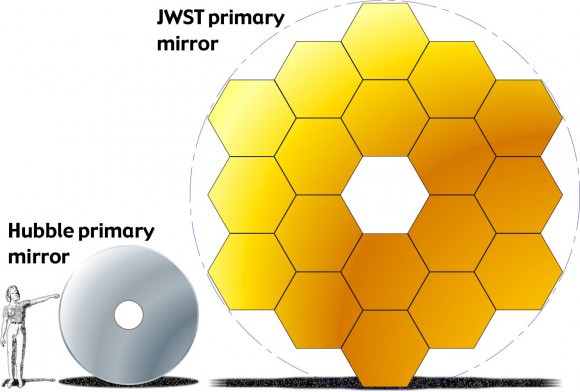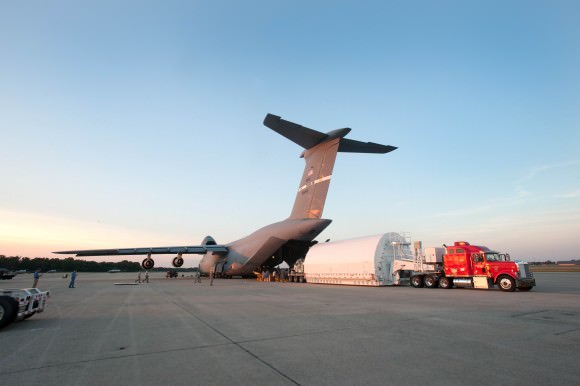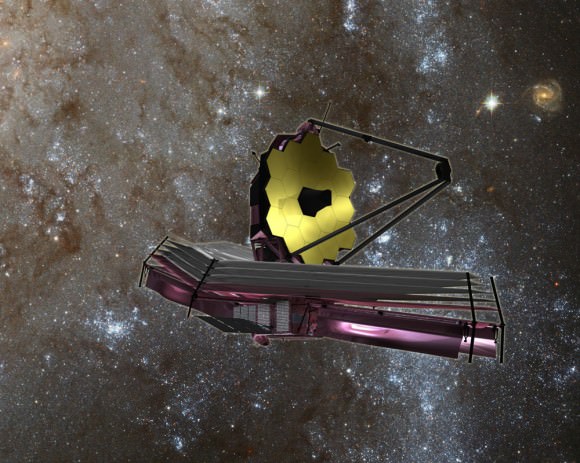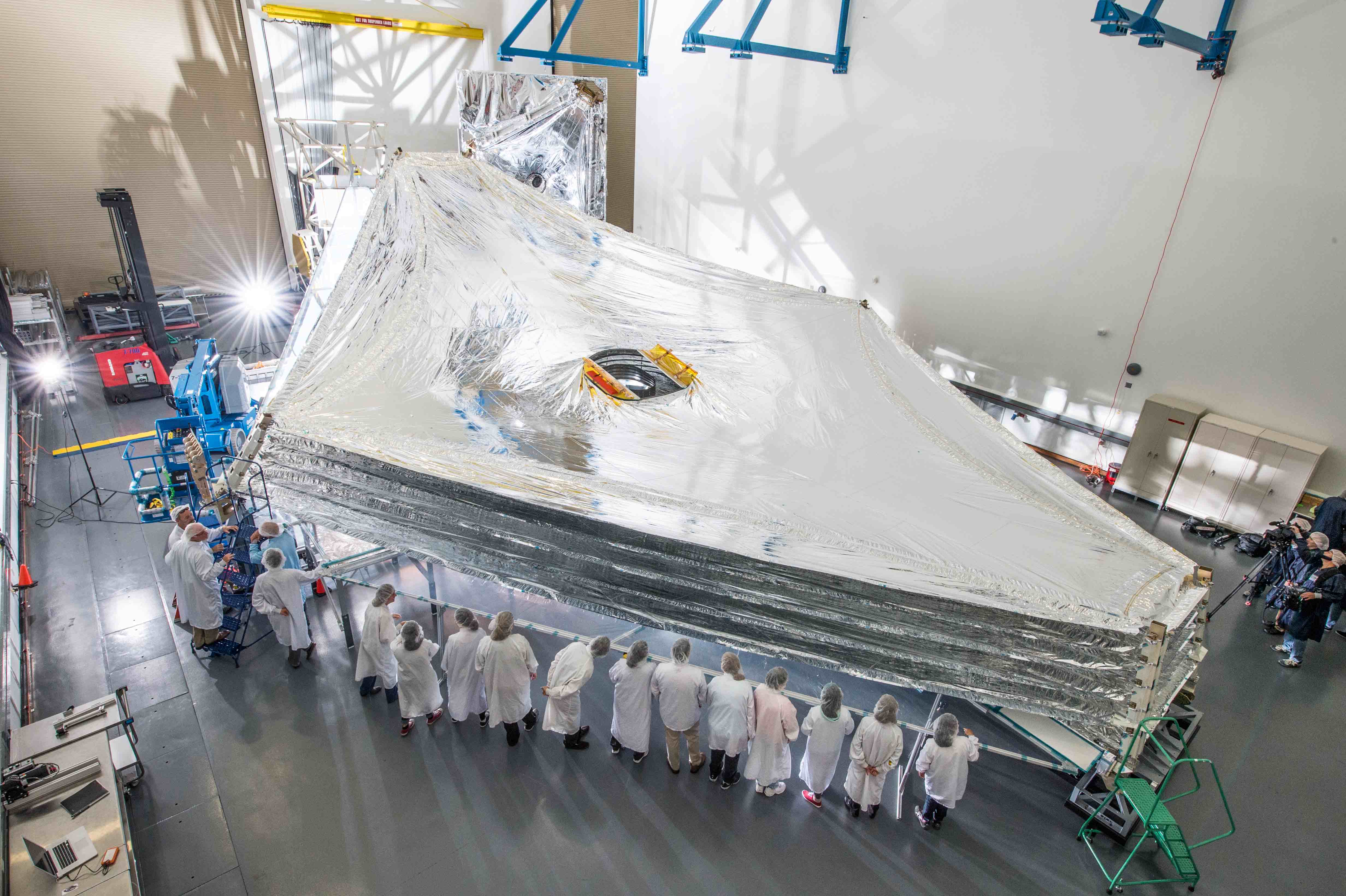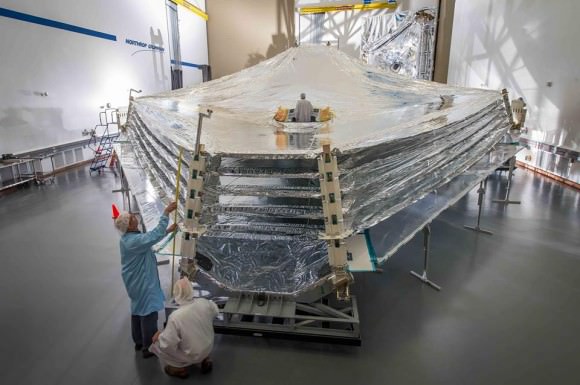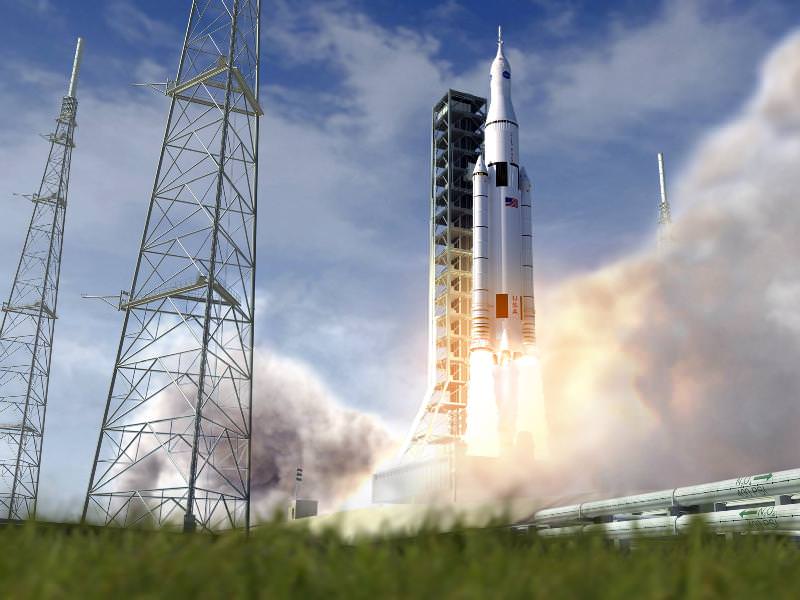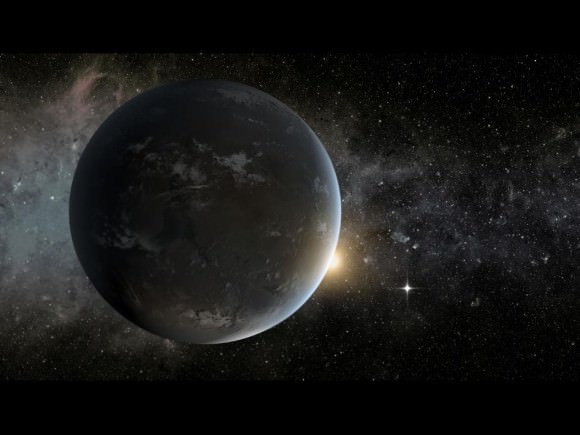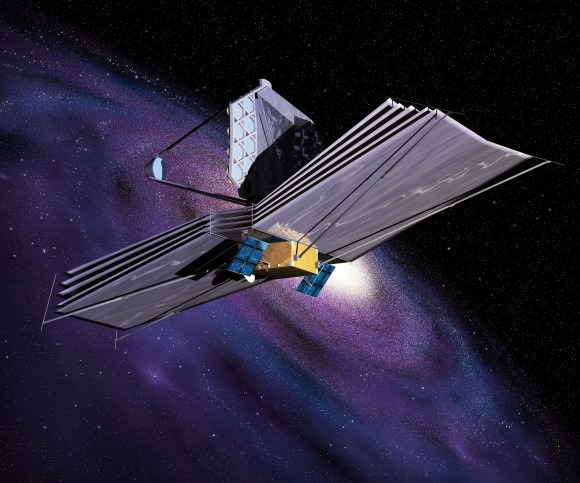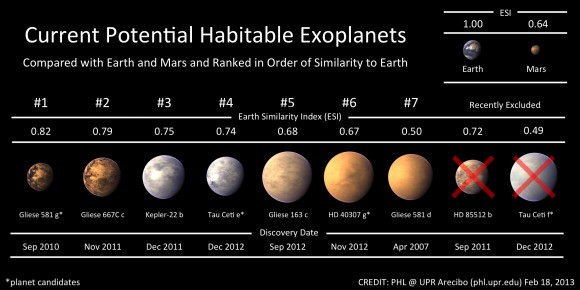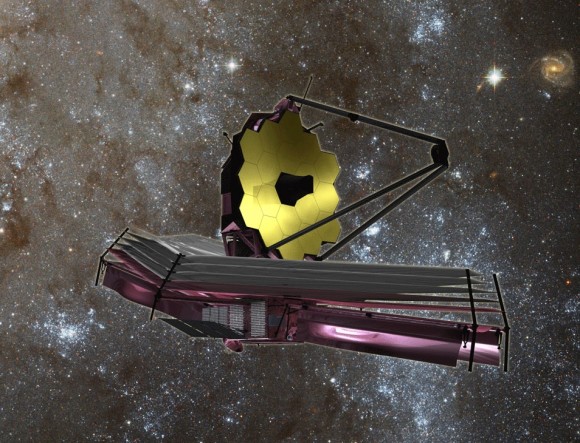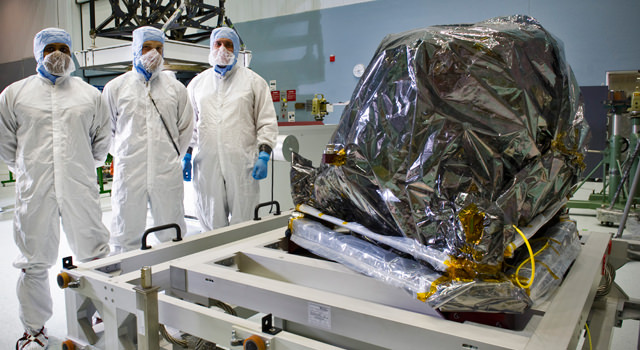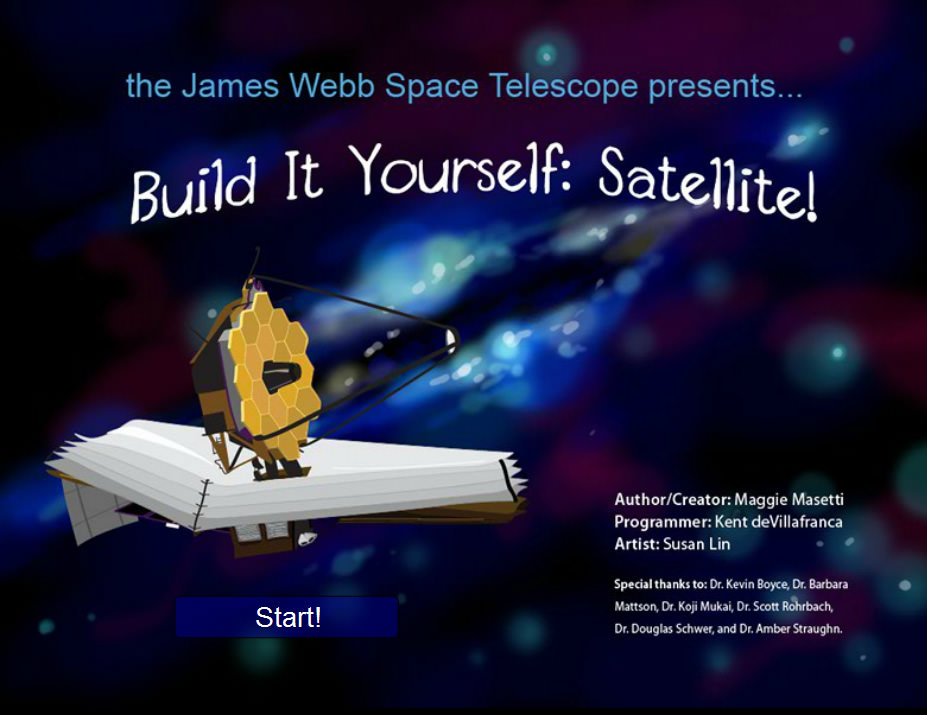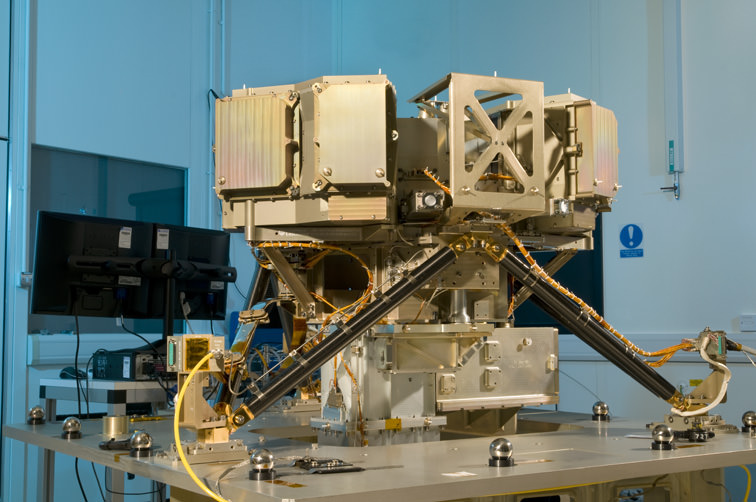The search for exoplanets is heating up, thanks to the deployment of space telescopes like Kepler and the development of new observation methods. In fact, over 1800 exoplanets have been discovered since the 1980s, with 850 discovered just last year. That’s quite the rate of progress, and Earth’s scientists have no intention of slowing down!
Hot on the heels of the Kepler mission and the ESA’s deployment of the Gaia space observatory last year, NASA is getting ready to launch TESS (the Transiting Exoplanet Survey Satellite). And to provide the launch services, NASA has turned to one of its favorite commercial space service providers – SpaceX.
The launch will take place in August 2017 from the Cape Canaveral Air Force Station in Florida, where it will be placed aboard a Falcon 9 v1.1 – a heavier version of the v 1.0 developed in 2013. Although NASA has contracted SpaceX to perform multiple cargo deliveries to the International Space Station, this will be only the second time that SpaceX has assisted the agency with the launch of a science satellite.
This past September, NASA also signed a lucrative contract with SpaceX worth $2.6 billion to fly astronauts and cargo to the International Space Station. As part of the Commercial Crew Program, SpaceX’s Falcon 9 and Dragon spacecraft were selected by NASA to help restore indigenous launch capability to the US.
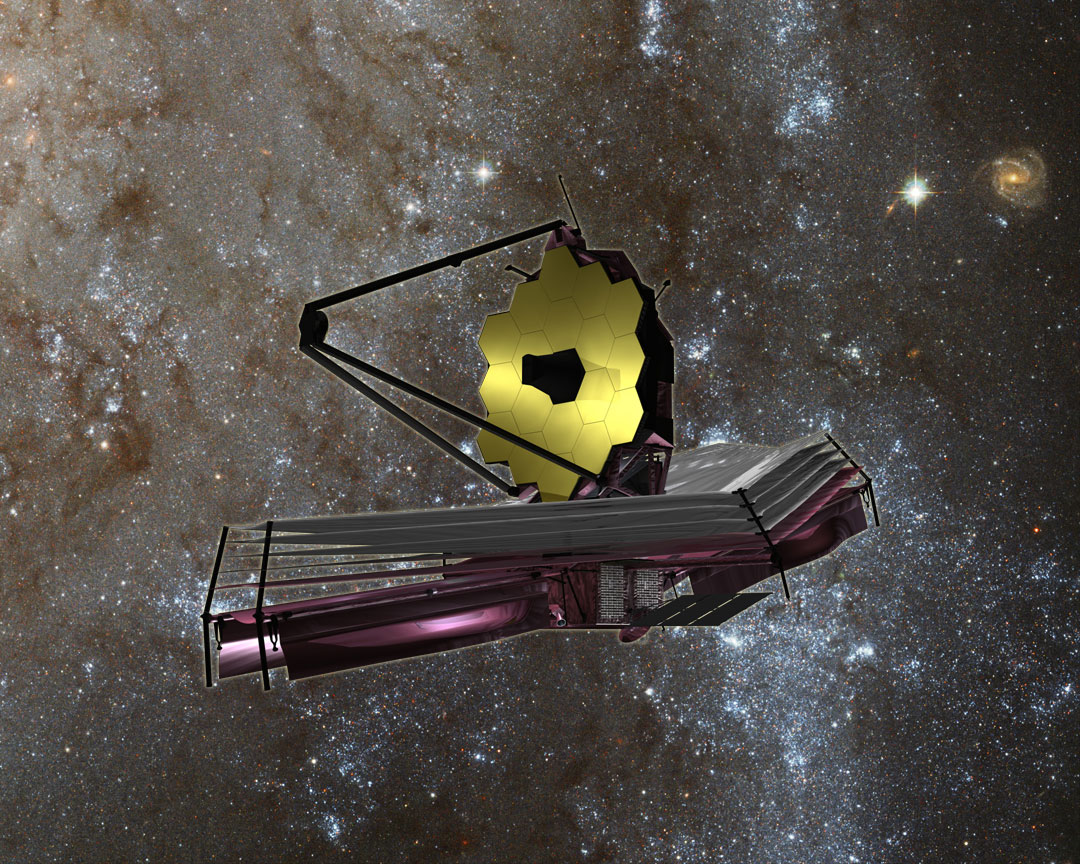
The total cost for TESS is estimated at approximately $87 million, which will include launch services, payload integration, and tracking and maintenance of the spacecraft throughout the course of its three year mission.
As for the mission itself, that has been the focus of attention for many years. Since it was deployed in 2009, the Kepler spacecraft has yielded more and more data on distant planets, many of which are Earth-like and potentially habitable. But in 2013, two of four reaction wheels on Kepler failed and the telescope has lost its ability to precisely point toward stars. Even though it is now doing a modified mission to hunt for exoplanets, NASA and exoplanet enthusiasts have been excited by the prospect of sending up another exoplanet hunter, one which is even more ideally suited to the task.
Once deployed, TESS will spend the next three years scanning the nearest and brightest stars in our galaxy, looking for possible signs of transiting exoplanets. This will involve scanning nearby stars for what is known as a “light curve”, a phenomenon where the visual brightness of a star drops slightly due to the passage of a planet between the star and its observer.
By measuring the rate at which the star dims, scientists are able to estimate the size of the planet passing in front of it. Combined with measurements the star’s radial velocity, they are also able to determine the density and physical structure of the planet. Though it has some drawbacks, such as the fact that stars rarely pass directly in front of their host stars, it remains the most effective means of observing exoplanets to date.
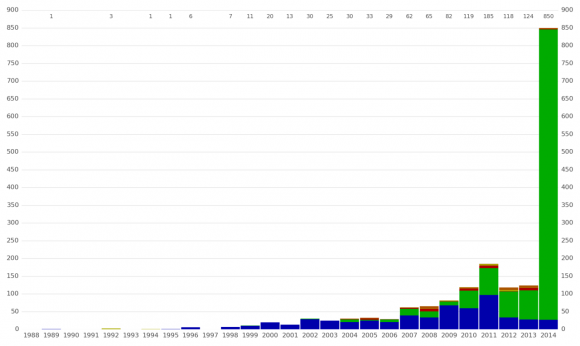
In fact, as of 2014, this method became the most widely used for determining the presence of exoplanets beyond our Solar System. Compared to other methods – such as measuring a star’s radial velocity, direct imaging, the timing method, and microlensing – more planets have been detected using the transit method than all the other methods combined.
In addition to being able to spot planets by the comparatively simple method of measuring their light curve, the transit method also makes it possible to study the atmosphere of a transiting planet. Combined with the technique of measuring the parent star’s radial velocity, scientists are also able to measure a planet’s mass, density, and physical characteristics.
With TESS, it will be possible to study the mass, size, density and orbit of exoplanets. In the course of its three-year mission, TESS will be looking specifically for Earth-like and super-Earth candidates that exist within their parent star’s habitable zone.
This information will then be passed on to Earth-based telescopes and the James Webb Space Telescope – which will be launched in 2018 by NASA with assistance from the European and Canadian Space Agencies – for detailed characterization.
The TESS Mission is led by the Massachusetts Institute of Technology – who developed it with seed funding from Google – and is overseen by the Explorers Program at NASA’s Goddard Space Flight Center in Greenbelt, Maryland.

